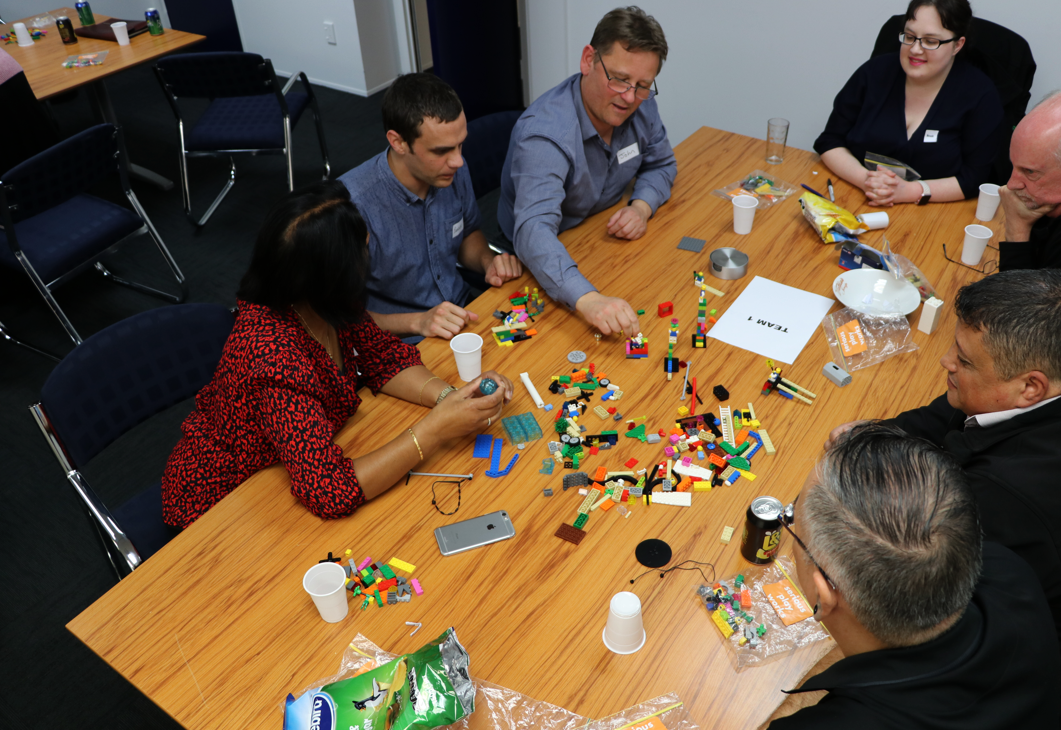Ancient knowledge, modern practices: What Lego serious play and M?ori holistic wellbeing have in common

I am fortunate enough to be a certified Lego Serious Play facilitator, and am learning Mirimiri and Romiromi. This unique opportunity has provided me with a personal perspective on the similarities between these two ways of learning. One is an ancient practice that was developed centuries ago and survived attempts to destroy it. The other is a relatively new system that initially faced skepticism, but is now used by organisations like Google, Microsoft, Qantas, HP and hundreds of others.
Mirimiri and Romiromi are ancient and traditional forms of massage based on M?ori philosophies surrounding holistic wellbeing. Mirimiri invigorates and energises our body, clearing and releasing the burdens that we tend to carry within our bodies. Romirimi is a form of massage that can be found within wellbeing practices of traditional M?ori healing. On a basic level, romiromi can help to ease the physical pains and strains accumulated through our daily life and held within our bodies.
These methods are taught to aspiring practitioners through a series of wananga, or workshops. Wananga can vary in length from two to 12 days and cover a range of topics that introduce people to traditional M?ori spiritual, esoteric beliefs and understandings of ourselves, our world, and our place within it. Wananga are held in an open format that is interactive and inclusive of all participants. It is a safe space for people to share their experiences, and develop understanding of themselves and their lives.
Lego Serious Play (LSP) is a facilitated workshop where participants build models individually and together to share ideas and create solutions. LSP is founded on key theories: Play: social bonding, emotional expression, cognitive development and constructive competition. Construction: LSP lets us use our fingers to think, and constructionism unleashes creative energies. Hand-mind commotion: building 3D models of knowledge, ideas, and feelings creates profound connections between the brain and hands. Imagination: LSP develops strategic imagination, a combination of descriptive, creative and challenging imagination, which leads to innovation.
The process of LSP is simple, yet sophisticated. The kaiwhakahaere, or facilitator, poses simple but clear question to the participants. All of the participants build individually within a strict time limit. Everyone takes a turn to discuss their model, and then the group shares the common understandings from the models. The important point to note is that the models are metaphors for the stories they represent. The group can proceed to build a shared model from the individual models or create a shared new model or system.
Both wananga and LSP share the concept of a three-pointed conversation: the kaiwhakahaere, or facilitator, asks a question. The participant shares what this means to them with the group in a safe way. In wananga, it may be a statement to talk about and in LSP it is the model created.
This establishes a connection between the participants that ensures honesty and empathy. Both wananga and LSP utilise the deepest parts of brains to access knowledge that we have not really thought about, but somehow know. It is through speaking that we unleash the power of our knowledge and can share this with the group. As each person shares we gain more knowledge and this ensures that everyone participates all of the time. Through this shared experience we also create a feeling of empowerment and togetherness. There are no arguments, no blame, no finger pointing. Everyone is treated equally and respectfully. Everyone speaks honestly and openly.
So next time you pick up a piece of Lego, think about how ancient knowledge and modern practices can be used to build bridges and create new worlds.




